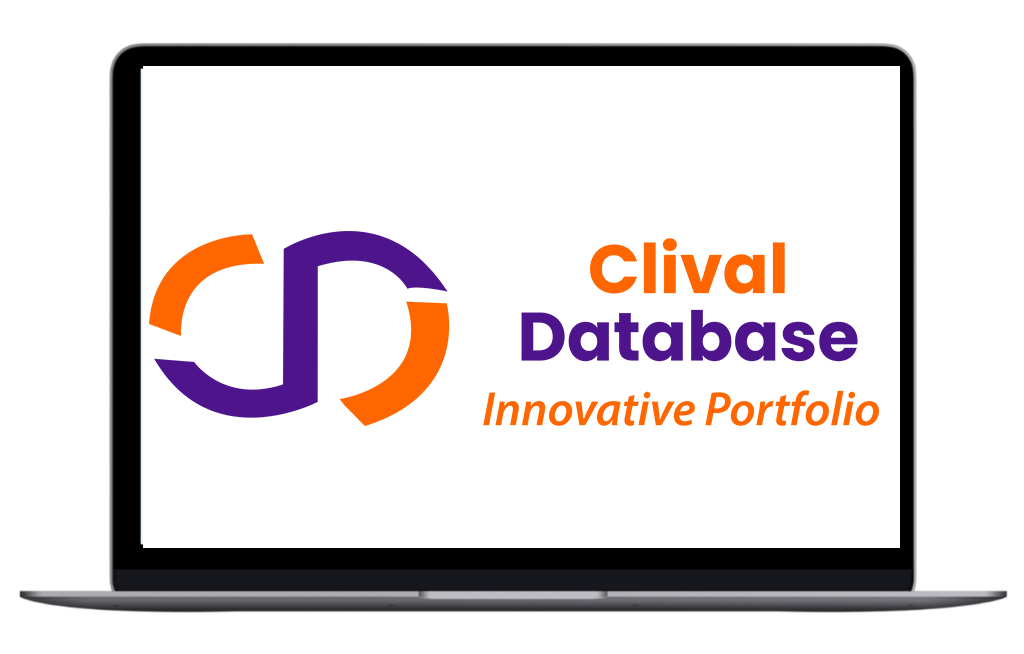Alnylam Announces Positive Results From Phase 3 ILLUMINATE-A Study Of Lumasiran To Treat Primary Hyperoxaluria Type 1
Alnylam Pharmaceuticals, a leading RNAi therapeutics company, announced positive phase 3 results from the ILLUMINATE-A study of lumasiran, an investigational RNAi therapeutic targeting hydroxyacid oxidase 1 (HAO1) – the gene encoding glycolate oxidase (GO) – in development for the treatment of primary hyperoxaluria type 1 (PH1). The clinical data were presented at a late-breaking session at the European Renal Association-European Dialysis and Transplant Association (ERA-EDTA) International Congress being held as a virtual event on June 6-9.Lumasiran achieved the ILLUMINATE-A primary endpoint with a 53.5 per cent mean reduction in urinary oxalate relative to placebo (p=1.7x10-14) and showed a 65.4 per cent mean reduction in urinary oxalate relative to baseline. All tested study secondary endpoints were met, including the proportion of patients achieving near-normalization (84 percent) or normalization (52 per cent) of urinary oxalate, compared with zero percent in the placebo group. Lumasiran administration was associated with an encouraging safety and tolerability profile, with no serious or severe adverse events (AEs) and with mild injection site reactions (ISRs) as the most common drug-related AE.PH1 is an ultra-rare orphan disease caused by excessive oxalate production, and elevated urinary oxalate levels are associated with progression to end-stage kidney disease and other systemic complications.Based on the ILLUMINATE-A results, Alnylam filed a New Drug Application (NDA) with the US Food and Drug Administration (FDA). The FDA has granted a Priority Review for the NDA and has set an action date of December 3, 2020 under the Prescription Drug User Fee Act (PDUFA). In addition, the Marketing Authorisation Application (MAA) for lumasiran has been submitted to and validated by the European Medicines Agency (EMA), and has received Accelerated Assessment designation.“We are very pleased to report positive phase 3 results from the ILLUMINATE-A study of lumasiran. The substantial and sustained reductions in urinary and plasma oxalate reported demonstrate that lumasiran addresses the underlying pathophysiology of PH1 by reducing the production of the toxic metabolite responsible for the clinical manifestations of this serious and progressive disease. Thus, we believe lumasiran has the potential to have a favorable impact on disease manifestations, including nephrocalcinosis and renal stones, and overall disease progression, which we are continuing to evaluate in the ongoing ILLUMINATE program,” said Akshay Vaishnaw, M.D., Ph.D., president of R&D at Alnylam. “The ILLUMINATE-A study represents the sixth positive phase 3 study for an investigational RNAi therapeutic, and we believe it further highlights the transformational potential of this modality as a whole new class of medicines. Assuming favorable regulatory reviews, we look forward to bringing lumasiran to patients with PH1 around the world.”“For those living with PH1, the continuous overproduction of oxalate can have a devastating impact on the kidneys and other organs. Current disease management strategies aim to lessen the damage to the kidneys, with liver transplantation as the only means to correct the metabolic deficiency and normalize the high oxalate production. As patients approach end-stage kidney disease, they may require intensive dialysis as a bridge to a dual liver/kidney transplant,” said Professor Jaap Groothoff, M.D., Ph.D., Head of the Department of Pediatric Nephrology, Emma Children’s Hospital, Amsterdam UMC, University of Amsterdam, The Netherlands. “Based on results from the ILLUMINATE-A study, lumasiran shows potential to substantially curb oxalate overproduction – the cause of progressive kidney failure in PH1. Reduction in hepatic oxalate production is expected to confer clinical benefit in PH1 patients and has the potential to change the course of disease.”Lumasiran is an investigational, subcutaneously administered RNAi therapeutic targeting hydroxyacid oxidase 1 (HAO1) in development for the treatment of primary hyperoxaluria type 1 (PH1). HAO1 encodes glycolate oxidase (GO). Thus, by silencing HAO1 and depleting the GO enzyme, lumasiran inhibits production of oxalate – the metabolite that directly contributes to the pathophysiology of PH1. Lumasiran utilizes Alnylam's Enhanced Stabilization Chemistry (ESC)-GalNAc-conjugate technology, which enables subcutaneous dosing with increased potency and durability and a wide therapeutic index. Lumasiran has received both U.S. and EU Orphan Drug Designations, Breakthrough Therapy Designation from the US Food and Drug Administration (FDA), and Priority Medicines (PRIME) designation from the European Medicines Agency (EMA). The safety and efficacy of lumasiran are under evaluation by the FDA and EMA.PH1 is an ultra-rare disease in which excessive oxalate production results in the deposition of calcium oxalate crystals in the kidneys and urinary tract and can lead to the formation of painful and recurrent kidney stones and nephrocalcinosis. Renal damage is caused by a combination of tubular toxicity from oxalate, calcium oxalate deposition in the kidneys, and urinary obstruction by calcium oxalate stones. Compromised kidney function exacerbates the disease as the excess oxalate can no longer be effectively excreted, resulting in subsequent accumulation and crystallization in bones, eyes, skin, and heart, leading to severe illness and death. Current treatment options are very limited and include frequent renal dialysis or combined organ transplantation of liver and kidney, a procedure with high morbidity that is limited due to organ availability. Although a small minority of patients respond to vitamin B6 therapy, there are no approved pharmaceutical therapies for PH1.

Optimize Your trial insights with Clival Database.
Are you exhausted from the uncertainty of trial insights pricing? Clival Database ensures the clarity in the midst of the global scenario for clinical trials to you.Clival Database is one of the best databases that offers an outstanding number of clinical trial data in terms of 50,000+ molecules and from primary regulatory markets as well as new entrants like Indian and Chinese markets.
With Clival, you get accurate positioning of historical sales data, patent database, company profiling, safety & efficacy, and prediction of launch of new innovative molecules helping you to align your research and driving down the cost.
To add value, we further break down our analytics for you so that improving your operational effectiveness; optimizing your clinical trials; and offering you accurate and high-quality data at lowest possible prices becomes possible.
Elevate your trial success rate with the cutting-edge insights from Clival database.
Check it out today and make more informed sourcing decisions! Learn More!







